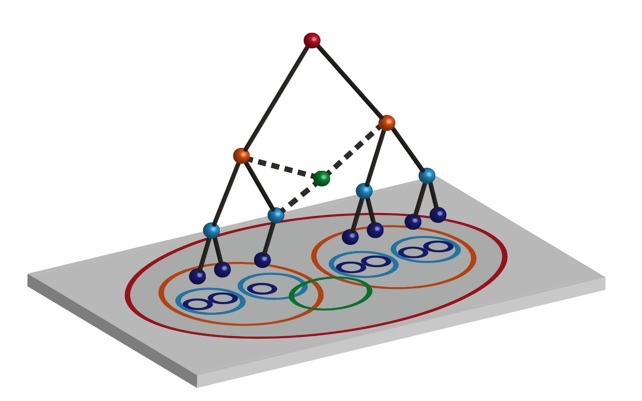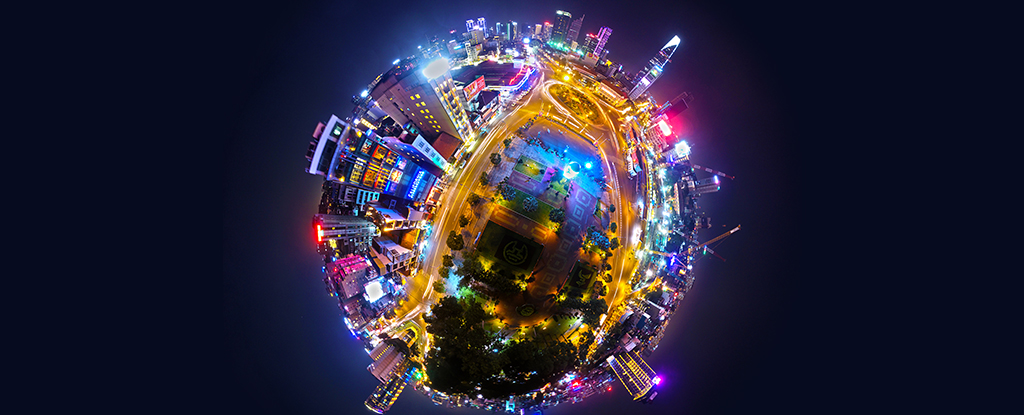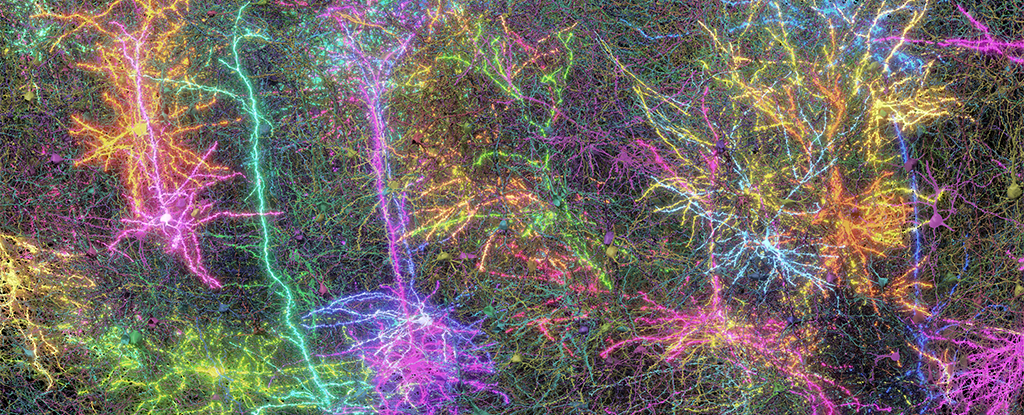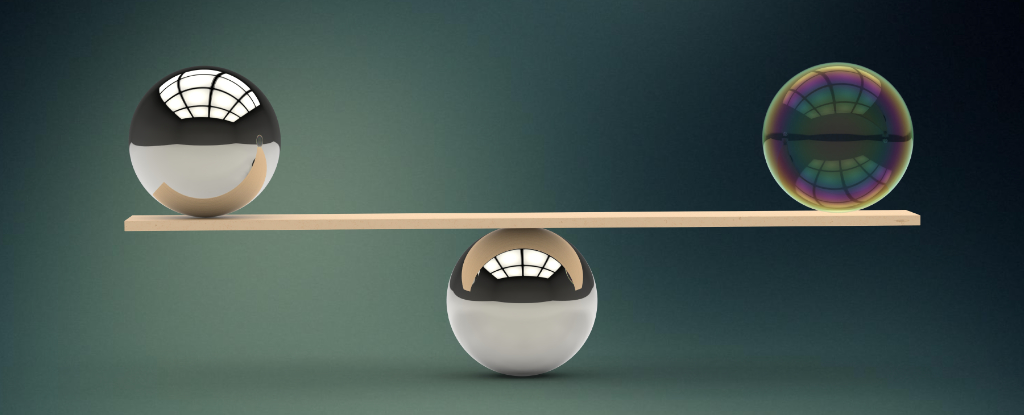In your brain there is a map of every bedroom you have slept in. Any kitchen you’ve cooked in. Every city you’ve worked in, every country you’ve vacationed in. There’s even a worn map of every universe you live in. dreamed.
Thanks to some very clever math, it’s possible to squeeze this vast treasure trove of detailed information into a small carpet of neurons. according to a study on rat brains performed by researchers in the US.
These newly discovered patterns of the arrangement of brain cells that embody the mental representation of physical space not only reveal how our brain stores certain types of data, but could also provide insight into situations where memory and mapping go awry.
When you first walk into a room, your brain will hastily recruit neurons that outline the space. This place cells are not necessarily arranged to reflect space, but their coordinated blinking nonetheless serves to position us in a physical realm.
Arranged in networks called place fields, these cells are repeatedly reorganized as we become accustomed to space, contributing to an increasingly enriched network of cells that ripples with correlated responses as the space around you becomes more familiar will.
How this hierarchy of correlated activities evolves and functions has been largely speculative, at least from a mathematical point of view.
In a new study led by computational neurobiologist Tatyana Sharpee of the Salk Institute for Biological Studies, researchers examined the activity of nerve cells in a part of the hippocampus of rats, which are crucial for their spatial memory.
using a previously developed method To study place cells in rats as they run mazes, the researchers put a handful of adult rodents through their paces on a straight, 48-meter (157-foot) stretch, during which their neural activity was recorded as they completed runs .
Depending on their physical proximity or the way different cells match in response, there are a few ways that a sequence of messages being passed through a network can be modeled.
An analysis of the hierarchy of signals that flickered across a network of place cells in the rats was best modeled by a type of geometry called hyperbolic, which – ironically – is not the simplest geometry our brains can imagine .
Imagine, if you will, a typical office building with a boss at the top sitting alone on a floor to himself. The executives under the boss all have luxurious offices. Below that, middle managers squeeze into somewhat smaller suites. Below, a whole crowd of workers crowds onto a floor full of cubicles.
This “linear” hierarchy quickly runs out of room for each individual as you descend through the floors and the extra departments add up.
However, an office tower constructed using hyperbolic geometry would have no problem accommodating new departments on the lower floors that grow exponentially and follow different rules for the angles that intersecting lines form when connected to different components.
While we can use the example above to represent a hyperbolic hierarchy in flat space, in a full dimensional reality these triangles would all be the same size (yes, imagine this will hurt your brain). So if this were a piece of cloth, the outer ends would curve with their excess circumference, like a slouch hat.
Hyperbolic hierarchies use similar mathematics to describe the relationships between different points of activity in a cascade of operations, allowing for a more efficient way of detailing distances and objects in our mind while imagining in a space.
Here, the researchers observed the math of how small arrays of place cells quickly formed when the rats were introduced to a new room, which grew into more complex arrays over time according to a logarithmic expansion.

“Our study shows that the brain does not always act in a linear manner. Instead, neural networks operate along an expanding curve that can be analyzed and understood using hyperbolic geometry and information theory.” says Sharpie.
Current Studies Olfactory systems found in biology also follow a hyperbolic hierarchy, which allows animals to categorize odors in far more complex and diverse ways than a linear way of grouping odors would allow.
The researchers behind the new study argue that hyperbolic representations in our spatial awareness better adapt to the reorganization that accompanies a growing mental map, relying only on the information in close proximity. The localization of the body in space is also more accurate than if the map were developed from a linear model.
Measuring similar effects in humans could inform models for disease, particularly in areas of neurology concerned with memory and spatial awareness.
On a more poetic level, it’s nice to know that the expansion of our mental universe mirrors the infinite expansion of our physical universe. While all signs so far point to a flat shape of our universe, there are models who speculate that the overall geometry of space-time might exhibit a subtle curvature after all.
“One might think that hyperbolic geometry only applies at the cosmic level, but that is not true.” says Sharpie.
“Our brains work much more slowly than the speed of light, which could be one reason why hyperbolic effects are observed on tangible spaces rather than astronomical ones. Next, we want to learn more about how these dynamic hyperbolic representations grow and interact in the brain and communicate with each other.”
This study was published in nature neuroscience.





